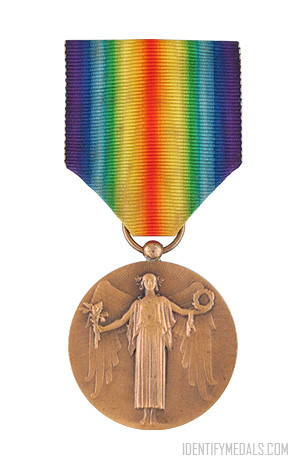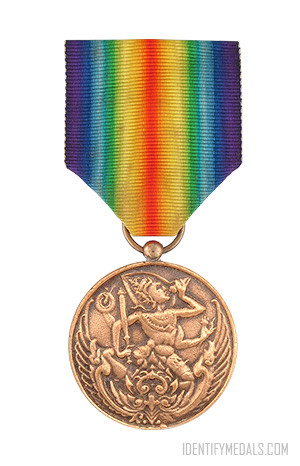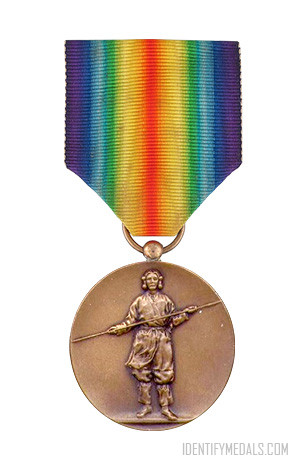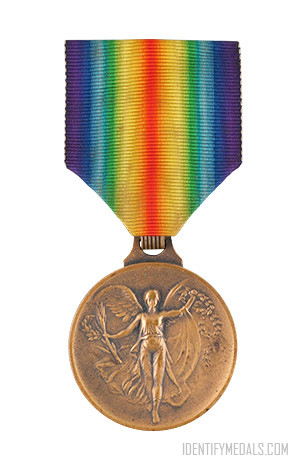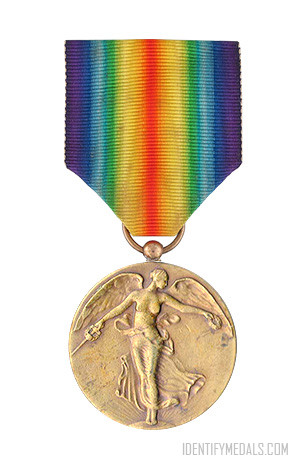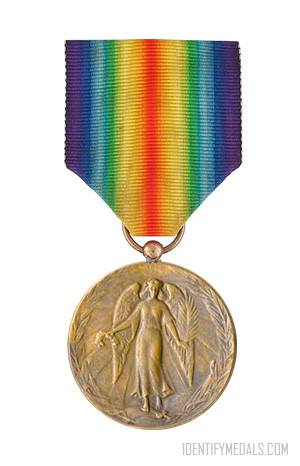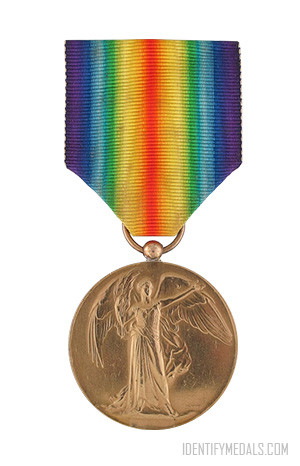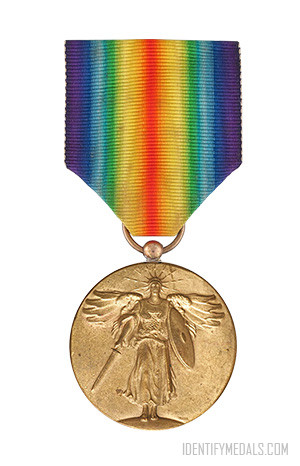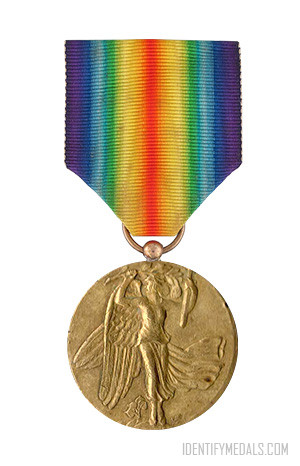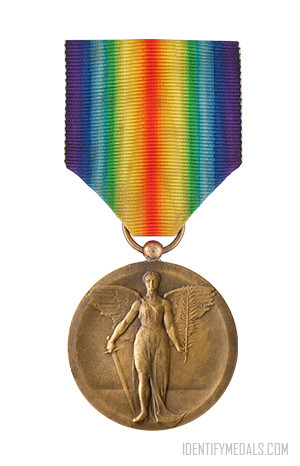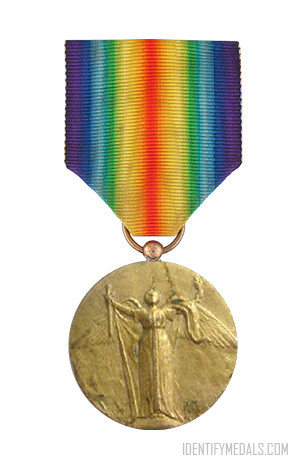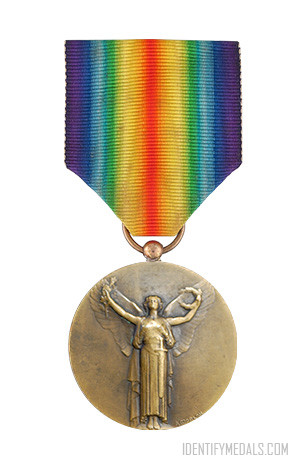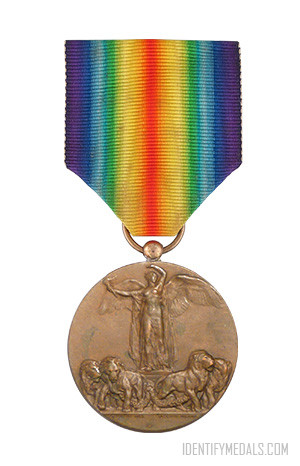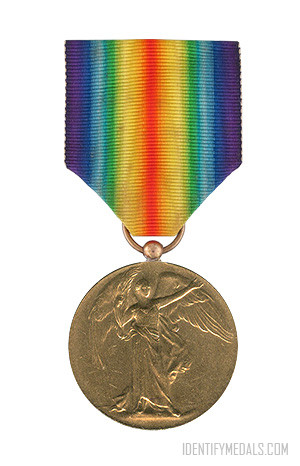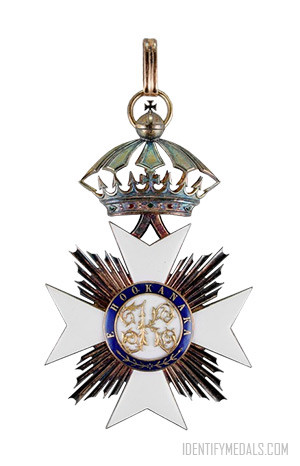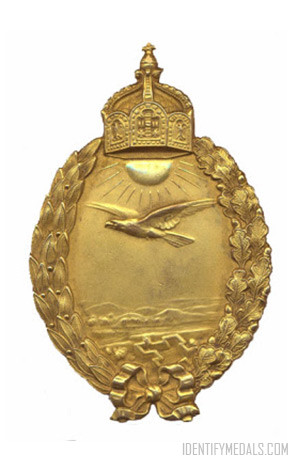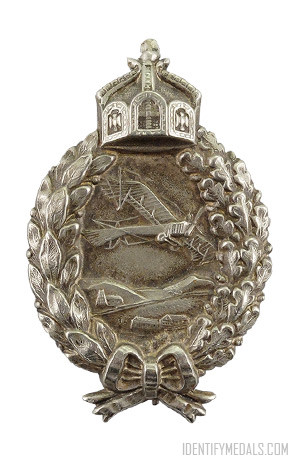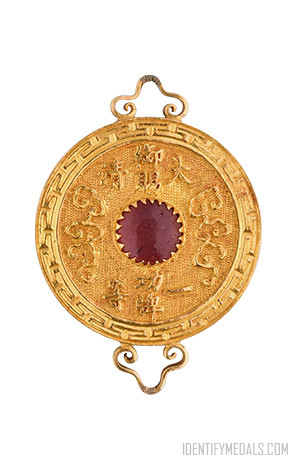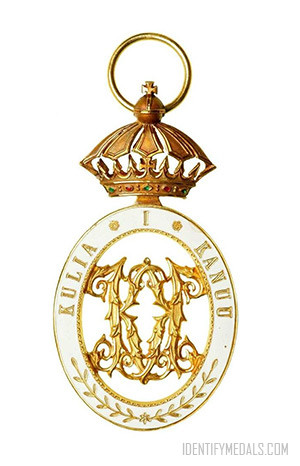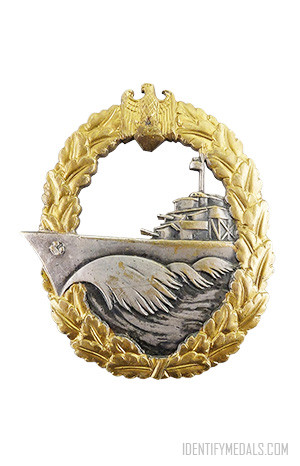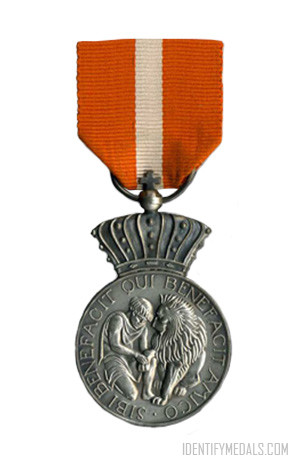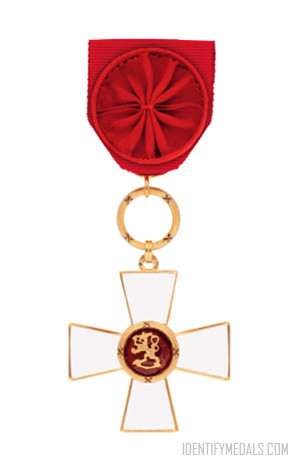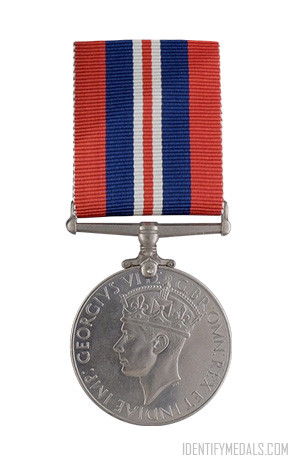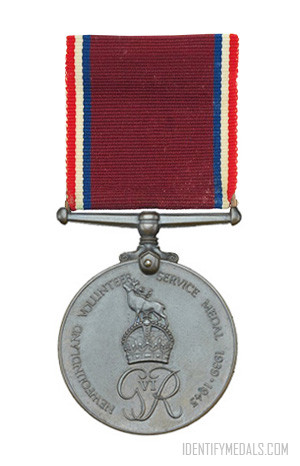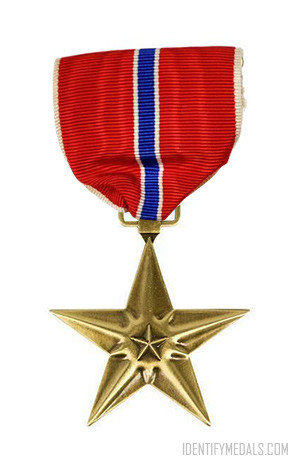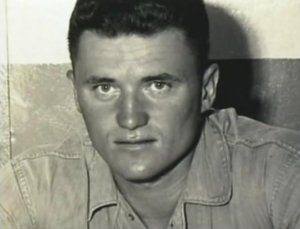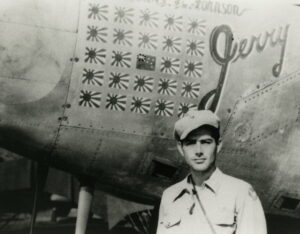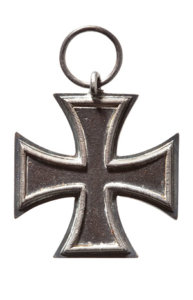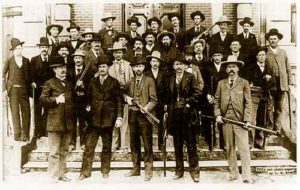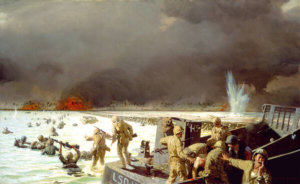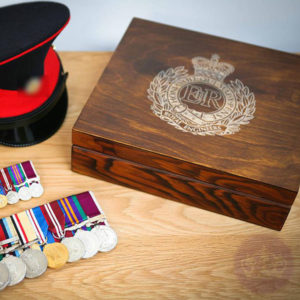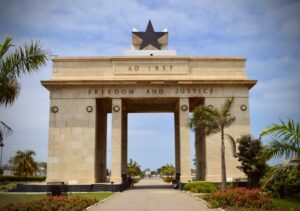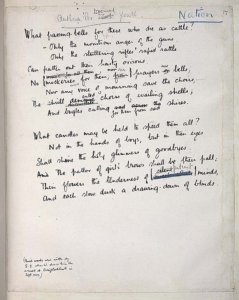- Time Period: WW1
- Institution: 1919
- Country: Portugal
The Allied Victory Medal was recommended by an inter-allied committee in March 1919. Fourteen victorious countries finally awarded the medal after World War I, and each allied nation would design a ‘Victory Medal’ for award to their own nationals. Certain features were to be shared: a winged figure of Victory on the obverse and the same ribbon.
Portugal had to defend against German attacks on her colonies, Angola and Mozambique, after it seized 72 German merchant ships that were in Portuguese harbors and Germany declared war on it.
The Inter-Allied Victory Medal Design
The Victory Medal measures 36 millimeters (1.4 in) in diameter and was designed by William McMillan. The design and ribbon was also adopted by Belgium, Brazil, Cuba, Czechoslovakia, France, Greece, Italy, Japan, Portugal, Romania, Siam, Union of South Africa and the USA. Each allied nation would design a ‘Victory Medal’ for award to their own nationals, all issues having certain common features, including a winged figure of victory on the obverse and the same ribbon.
The obverse of the medal was designed by Joao da Silva, a renowned Portuguese sculptor of the time. The reverse reads “MEDALHA DA VITORIA” or “Victory Medal” (instead of the usual “The Great War for Civilization”) and omits the names of the allied nations.
The 39 millimeters (1.5 in) wide watered ribbon has an iridescent color scheme, with the violet moving through to a central red stripe where both schemes meet. It attaches to the medal through a ring suspender. The recipient’s name, rank, service number and unit were impressed on the edge of the medal. The name of the regiment or corps was omitted on medals awarded to Army officers.

